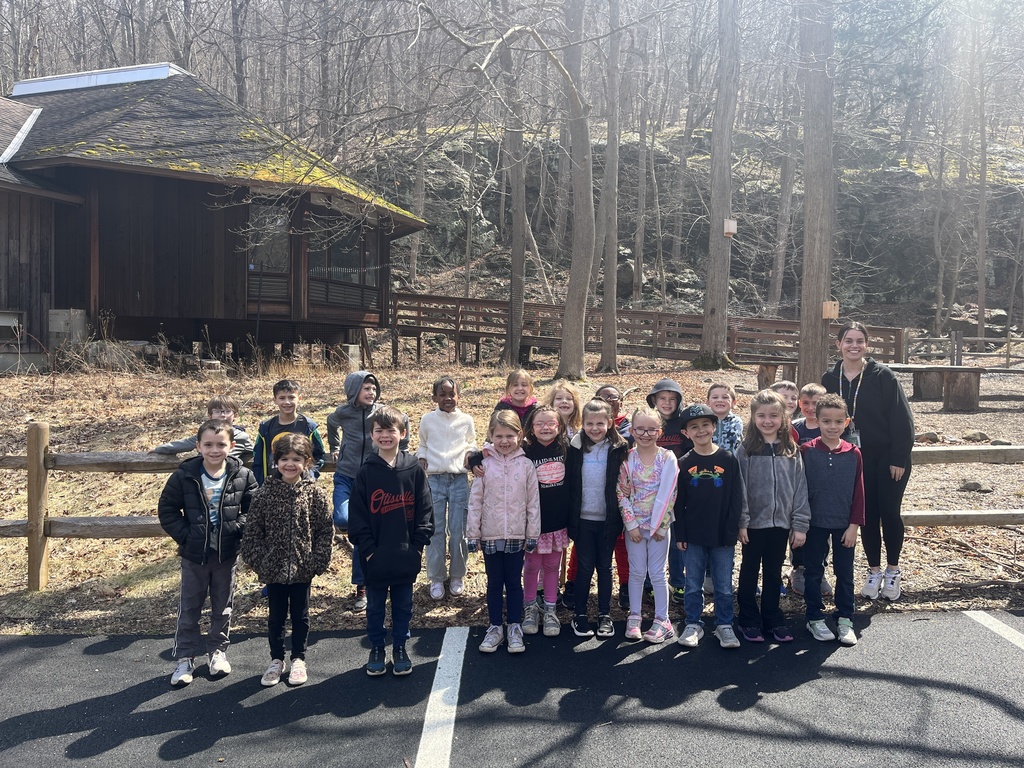Varsity Wrestling Head Coach Kevin Gallagher is proud to share that sophomore Wyatt Boice earned sixth-place honors at the recent NHSCA High School National Wrestling Tournament at Virginia Beach!
“Wyatt was in a loaded weight class with over 120 wrestlers in his weight class,” Coach Gallagher said. “He wrestled great and won his first four matches before losing a heartbreaking 6-5 match in the semi-finals. Wyatt proved again he is one of the best wrestlers in his age group in the country! Coming off his third-place finish in New York State, Wyatt continues to work hard and get better every day. He was also a freshman All-American last year and a Middle School All American as an eighth- grader."
Kudos also go to sophomores Mason Murphy (0-2), Colin Matone (3-2) and Joe Uhrig (2-2) for their tourney performances!
“All three of the guys wrestled tough but ran into some very tough competition” added Coach Gallagher. “Colin looked good and won three matches and Joe Uhrig won two with both of his losses coming to the third- place and the fourth-place wrestlers.”

Kudos to members of the Middle School Builders Club, which recently created 25 craft kits for children who may need a little uplifting during healthcare visits!
Each kit contains a blank booklet, coloring pages, stickers, crayons and a message from our club members. These kits are being sent to Garnet Medical Center in Middletown.
“Our members were very excited for this project and voiced their hope that we can do it multiple times a year,” said advisor Lauren Pullen. We hope we can reach as many children in need as possible. We’re so proud of the generosity that our members show.”



Polly Mautner’s High School Chemistry students were wowed during their recent lab when they created a foaming reaction that looks like toothpaste being squeezed from a tube—but it’s so voluminous that it’s jokingly suggested it must be for elephants!
In their “Elephant Toothpaste lab,” students saw how a foamy substance is caused by the quick decomposition of hydrogen peroxide (H 2O 2) using a plastic bottle, potassium iodide (KI), liquid dish soap, food coloring and warm water.
When the hydrogen peroxide comes into contact with the potassium iodide, it starts breaking down into water and oxygen. Oxygen is a gas and therefore wants to escape the liquid. However, the added dish soap traps the gas bubbles, forming a foam. The reaction continues as long as there is some hydrogen peroxide and potassium iodide left. Once one of them runs out, it stops making new foam.
This lab is a fun and engaging way to demonstrate chemical reactions, specifically the catalyzed decomposition of hydrogen peroxide, and the concept of exothermic reactions, making science concepts like this memorable! (Look at all Smartphone photos being taken!)
An exothermic reaction is a chemical reaction that releases energy, often in the form of heat, to its surroundings.









The Varsity Flag Football's season record improves to 5-0 after a massive 25-0 win over Warwick!
Coach Michael Tepper is proud to share these highlights:
--- Vanessa Tepper: 4 touchdown passes
--- Ava Semco: 2 receiving touchdowns
--- Ariana Junca:j 1 receiving touchdown and an extra point.
--- Kate O’Neill: 1 receiving touchdown
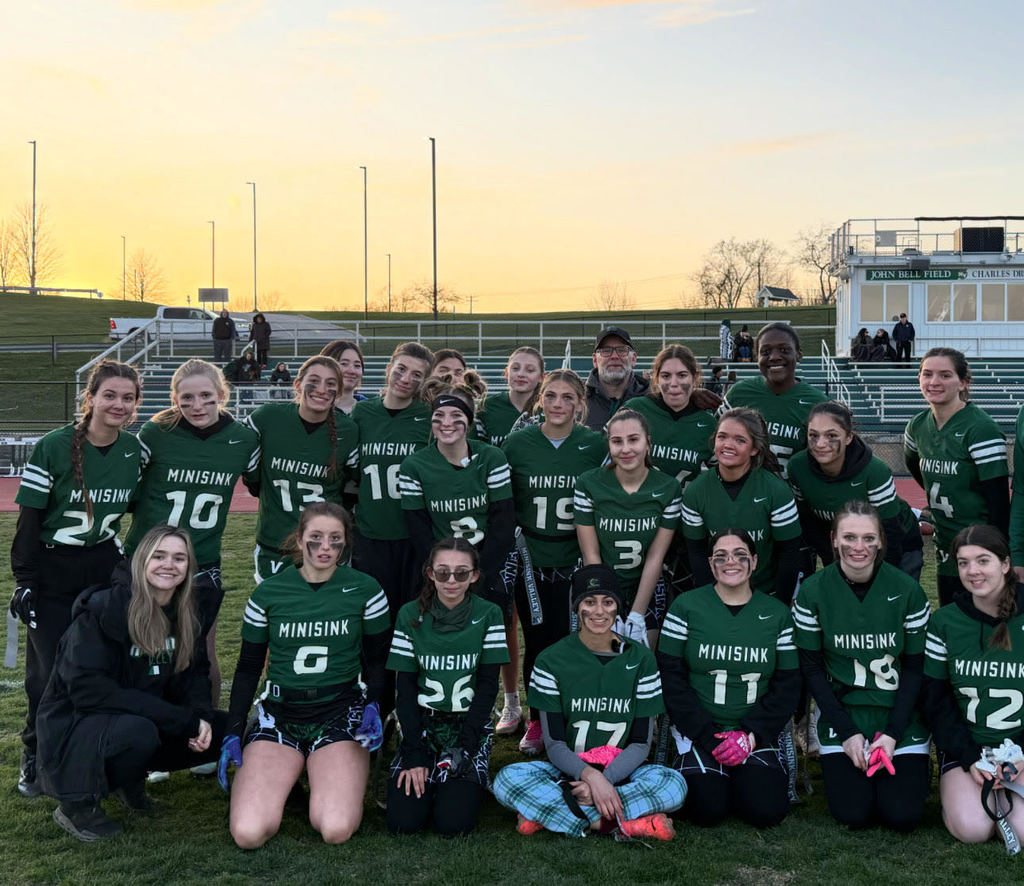
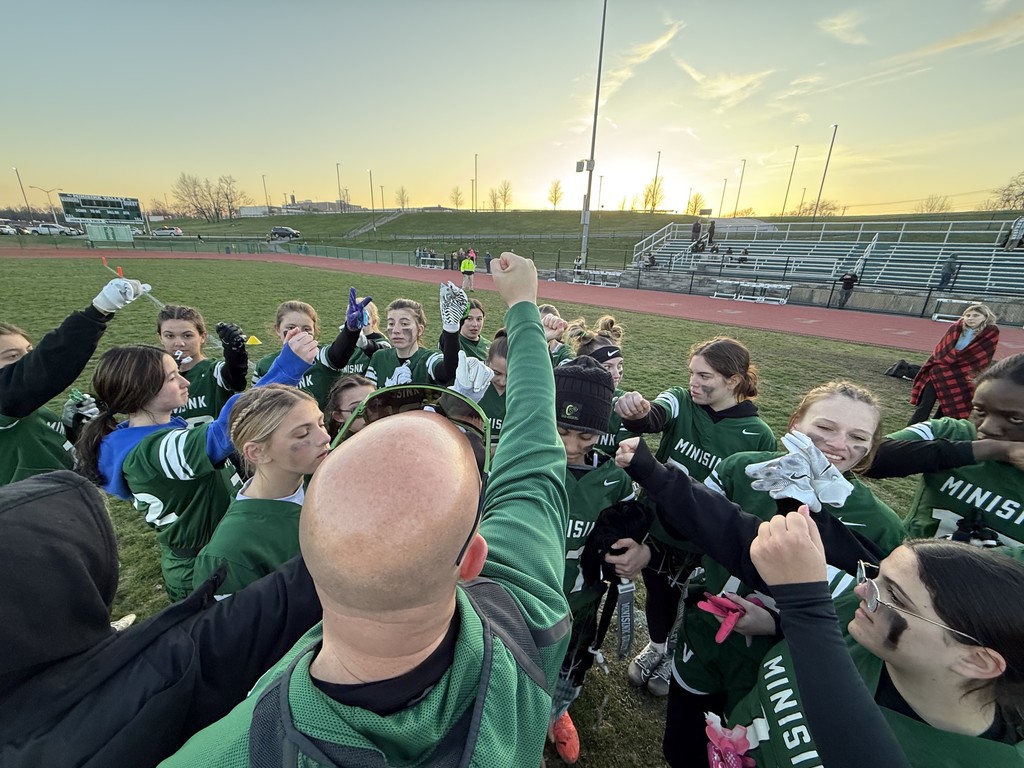
Please join us in congratulating these Otisville fifth-graders for their wonderful performances at last weekend’s NYSSMA Festival at Monroe-Woodbury Middle School:
• Elizabeth Claus
• Charlotte Coppola
• Leah Galligan
• James Karpinski
• Amelia McCarey
• Zoey Perkins
• Lucas Rider
• Lydia Rider
• Iliana Rivera
• Avery Slomka
• Harper Walsh
They each performed three major scales from memory, a solo for their instrument, and short sightreading example. Each musician had fabulous performance at the festival earning top scores in addition to receiving invaluable feedback from their judges!
For the past two months, these hard-working musicians attended extra help sessions before and after school with band teacher Maria Fenfert, and their hard work certainly paid off! Well done to all!

Ashley Hamilton’s and Bridget O’Mara-Green’s eighth-grade math classes have been studying the Pythagorean Theorem in class. Do you remember this: The Pythagorean theorem is the well-known geometric theorem that says the sum of the squares on the legs of a right triangle is equal to the square on the hypotenuse (the side opposite the right angle)—or, in familiar algebraic notation, a2 + b2 = c2.
As a final project to conclude their learning, students combined art with math and created and designed their own Pythagorean spirals! These are geometric patterns that use the principles of the Pythagorean theorem to generate spirals, which are created by successively drawing squares with side lengths that correspond to the sum of the squares of the previous two side lengths. This relationship follows the formula from the Pythagorean theorem.
Pythagorean spirals appear in art and even everyday life as a way to integrate mathematical elegance into visual design. This can be seen in abstract art, architecture, mosaic and tile patterns, digital and computational art, and even sculpture and installation art. The spirals combine the logical, structured world of math with the creative, expressive world of art, offering an aesthetic that is both ordered and visually dynamic.
•In mathematics, a theorem is a statement that has been proven to be true, based on previously established facts or axioms, using logical reasoning and mathematical operations.
•A Pythagorean spiral is also known as a spiral of Theodorus, or square root spiral, and was named after Greek mathematician Theodorus of Cyrene.
•Creativity plays a vital role in mathematical thought by allowing individuals to approach problems and concepts from unique perspectives. It fuels exploration, drives innovation, and helps mathematicians develop new tools, models, and methods. By blending logical reasoning with creative insight, mathematics evolves and continues to impact both abstract theory and practical applications.

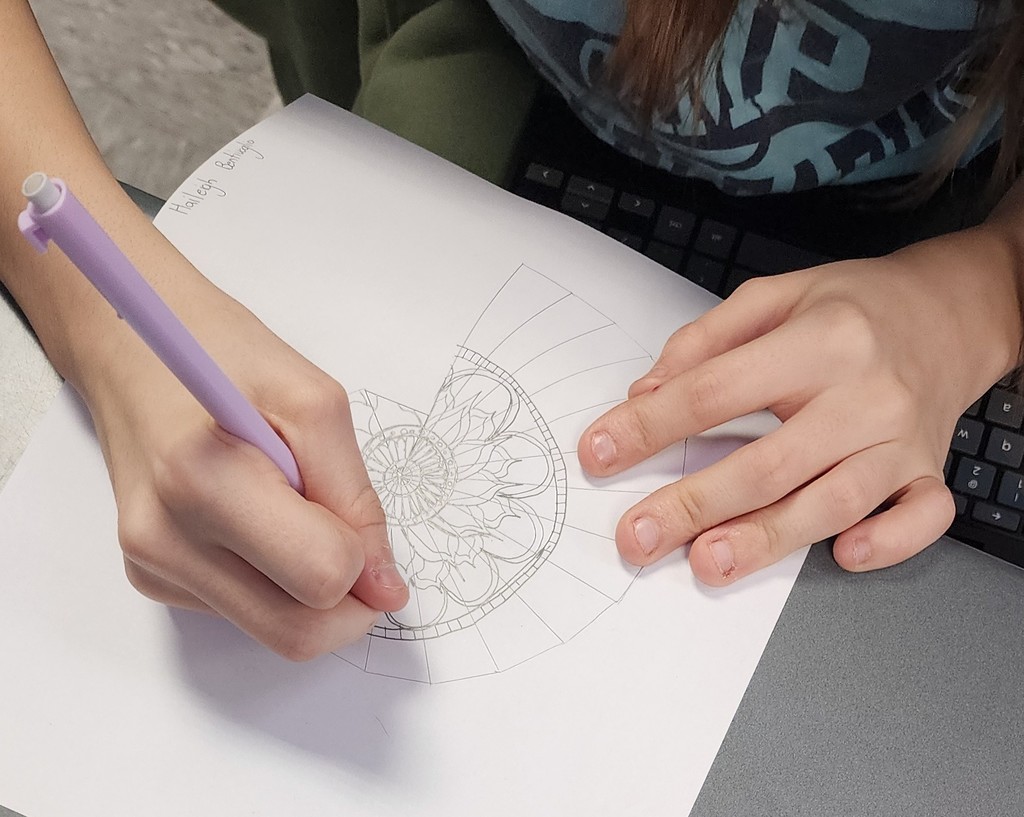





The High School Science Speakers Series continued on April 7, where speakers who excelled in science, graduated college, and transitioned to the workforce come in and speak to students who are enrolled in the college level science classes.
Thank you to Class of 2019 alumnus Emily Abruzzee, a mechanical engineer for Core Tech in Saratoga Springs, for being today’s speaker! She spoke to students about the mechanical engineering field and offered guidance as students continue to prepare and finalize their college applications.
Ms. Abruzzee earned her bachelor’s degree in mechanical engineering from Union College. While at Union, she was a member of various clubs, including Society of Women Engineers and Engineers for a Sustainable World as well as the women’s club ice hockey team. She also was involved with research work at Union, interned at GlobalFoundries, completed a term of study in Ireland as well as a mini-term in New Zealand!
She joined Core Tech in September 2023 as a proposal support engineer and later transitioned her role in the company to a mechanical engineer. In her free time, she’s working with a friend to convert a 1999 Saab to an electric vehicle, hoping to productize and provide this environmentally friendly service to other older vehicles in need of a second life!
More speakers are planned for this Science Speakers Series. Please join us in thanking Ms. Abruzzee for taking the time to meet with students and show and talk to them about the wonderful possibilities that can become a reality with hard work and determination.


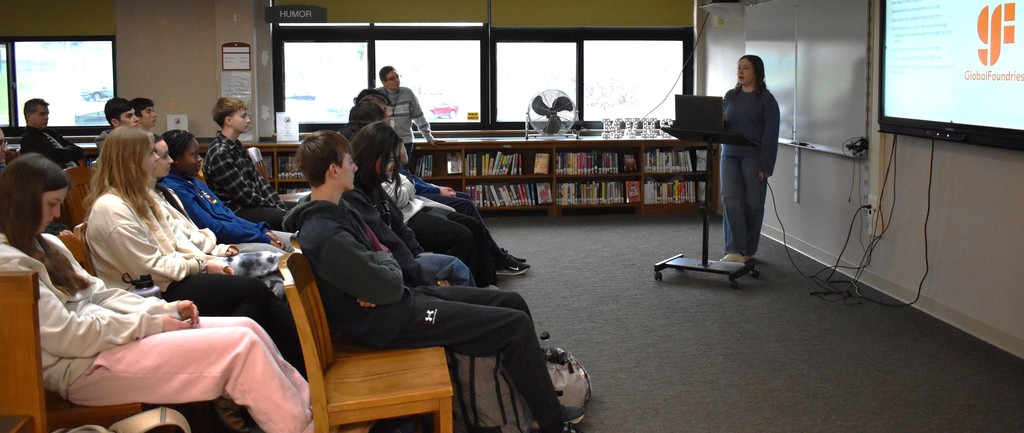
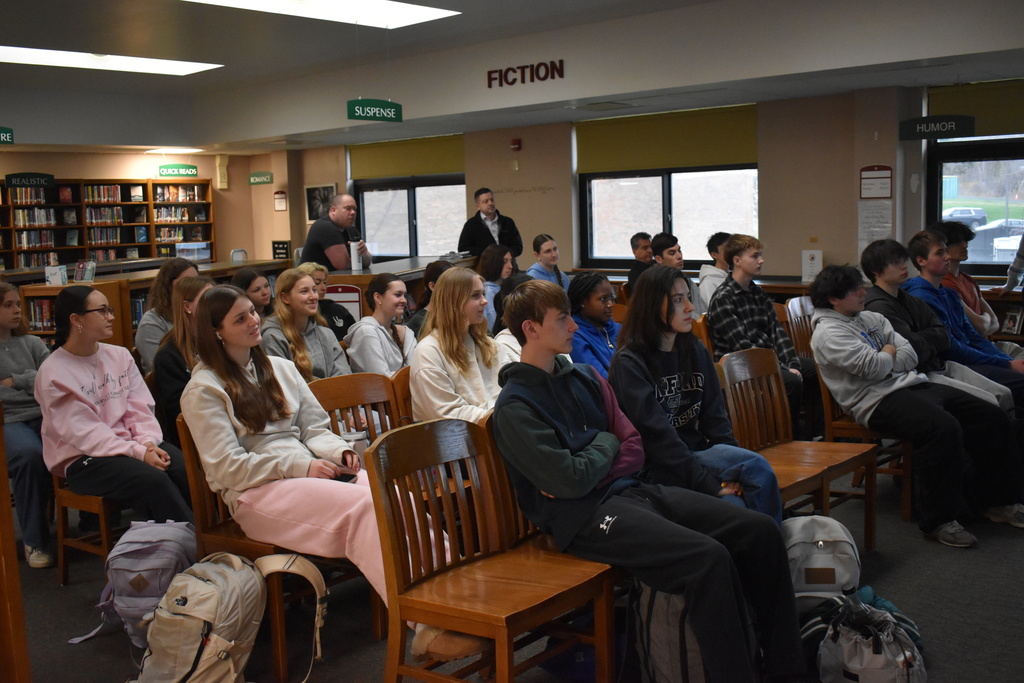
BOWLING --- we’ve all played it! It’s an enjoyable game where players roll a somewhat heavy ball down a lane to try and knock down a group of 10 pins, aiming for a high score by accumulating points for each pin knocked down! Ross Potter’s and Anthony Licata’s IS physical education students are having a fun time developing their bowling skills during class (using not-so-heavy balls)!
•Bowling's history stretches back to ancient Egypt, with evidence of early forms of the game dating back to around 3,200 BC.
•Bowling has been banned or restricted in the past, such as in England during the reign of King Edward III who feared it distracted soldiers from archery practice, and in colonial America due to its association with gambling.
•While up to 17 pins have been used historically, the standard number of pins in modern bowling is 10.
•The heaviest bowling ball allowed is 23 pounds.
•Bowling can be a fun and accessible way to get exercise, with each hour of bowling burning anywhere from 150 to 300 calories.


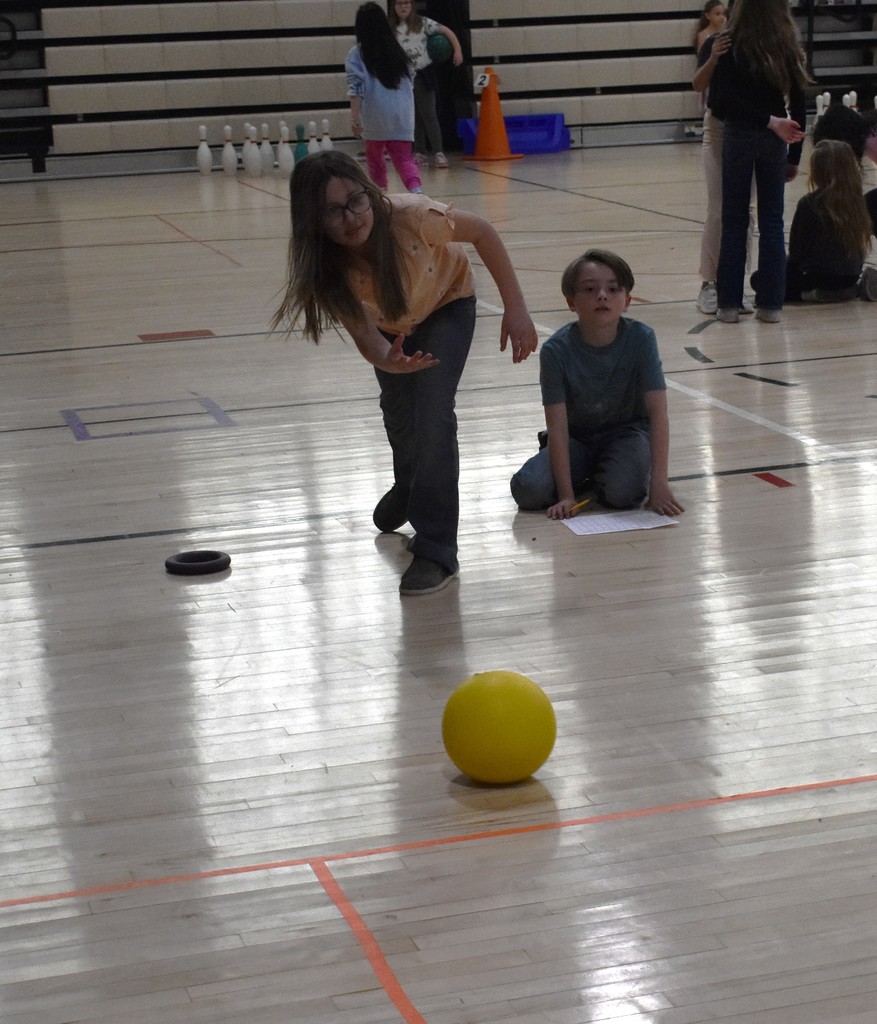






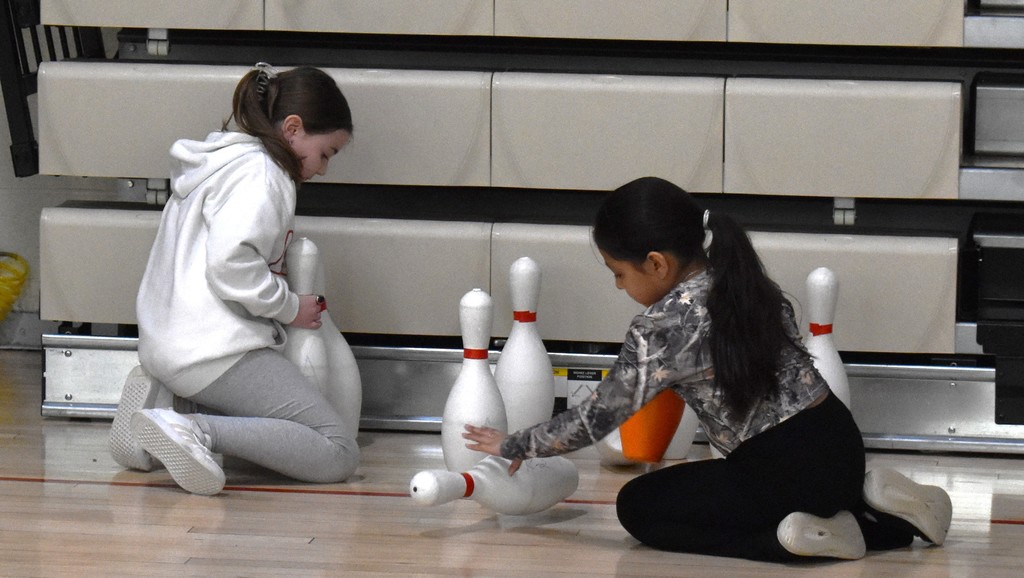
Nichole Gaucher’s and Toni McGinn’s High School Living Environment students recently about the reproduction system and as part of their studies, they recently completed a flower dissection lab.
In the first portion of the lab, students completed a Gizmo simulation where they learned about the process of pollination and the advantages and disadvantages of self vs. cross pollination.
In the second part of the lab, students dissected flowers as they learned to identify the structure and function of the reproductive parts of a flower.
•Gizmos are interactive, inquiry-based online simulations and case studies designed to enhance math and science learning, allowing students to explore concepts, manipulate variables and engage in "what-if" experimentation.
•Self-pollination, where pollen transfers within the same flower or plant, maintains genetic purity and requires no external agents, while cross-pollination, transferring pollen between different plants, increases genetic diversity and adaptability, but can be less reliable.
•Flower dissection labs are valuable for understanding plant reproduction because they allow students to directly observe and identify the key reproductive structures (stamens [male] and pistils [female] ) and their functions, including pollination and seed production.







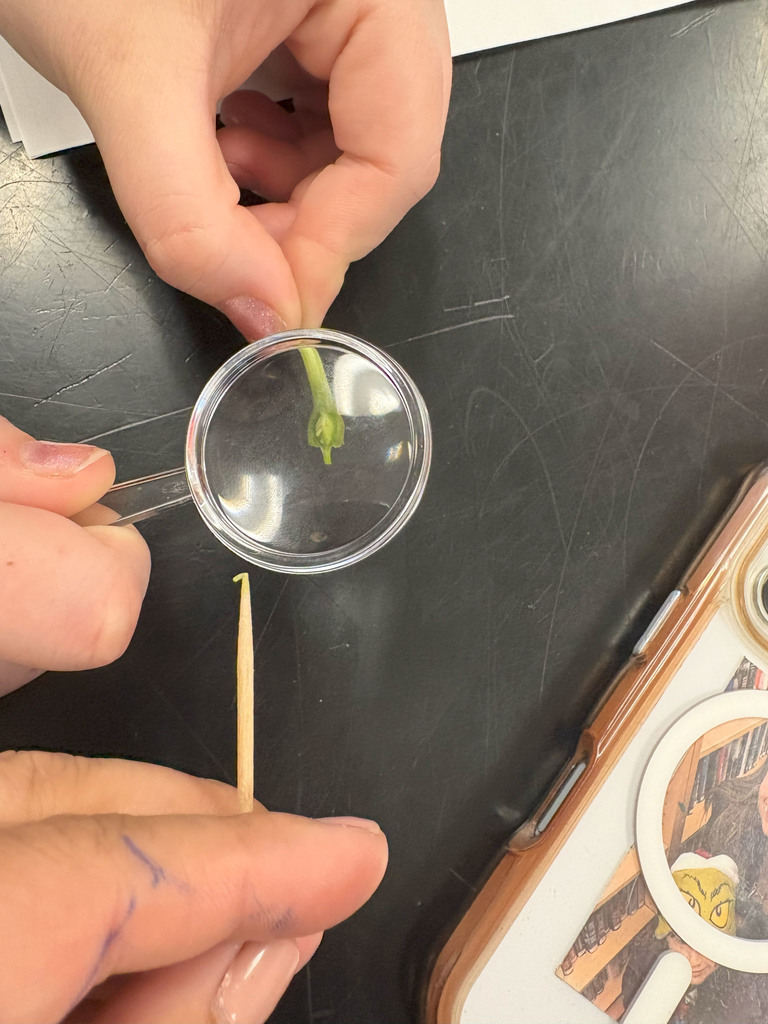


Jamie Gallo’s eighth-grade ELA students, like their peers in other classes, have been reading Thanhhà Lai’s “Inside Out and Back Again,” the story of the story of 10-year-old Hà, who flees Saigon with her family as refugees to America after the fall of Saigon in 1975, and their journey to start a new life in Alabama, facing both kindness and challenges.
This story involves many connections including experiencing grief and healing, challenges and resilience, adjusting to change and finding support, searching for identity and also finding strength. Despite the hardships, Hà and her family find strength in their bonds with each other and in the support of their new community.
In this story, Hà planted a papaya tree in Vietnam, which is her favorite fruit. As part of their studies, students learned the papaya tree, which grew from a seed, and what that symbolized and how of her this symbolism can be aligned with them as well:
•Fleeing South Vietnam:
The papaya tree's growth and the papayas themselves can also be seen as a symbol of Hà's relatively happy childhood in Vietnam being cut short, as she is forced to flee with her family.
•Hà's Personal Growth:
The papaya tree's rapid growth, from a small seed to a large tree bearing fruit, mirrors Hà's own journey from childhood to adolescence and her experiences as a refugee.
•Symbol of Change:
The papaya tree's growth from a seed to a fruit-bearing tree represents the transformative journey Hà undergoes, from a carefree life in Vietnam to the challenges and opportunities of a new life in America.
•Resilience and strength:
Thriving (tree and main character) despite challenging circumstances.
As a sweet, tasty and healthy way to conclude some of their work, students enjoyed taking part in a fruit mini-buffet, where they shared and discussed their own favorite fruit, childhood memories involving fruits they like or don't like and specifically why a particular fruit is their favorite. What an innovative to make connections to literature!

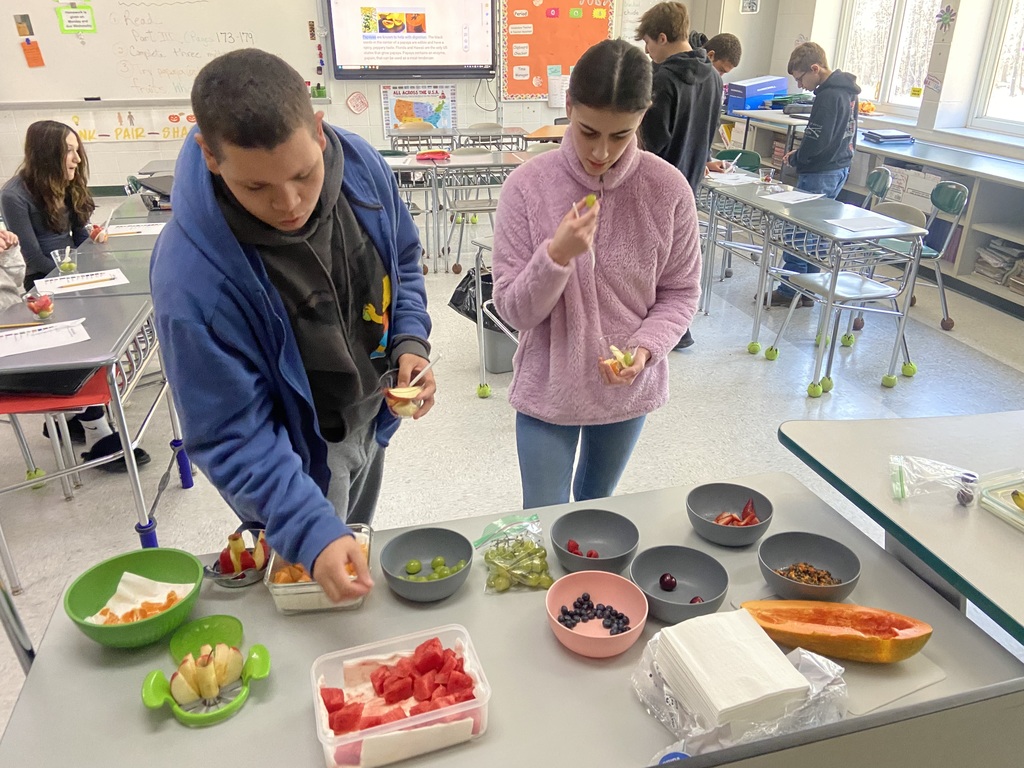





Congratulations to Senior Varsity Lacrosse Goalie Isabella Odland, who recorded her 200th career save against Pine Bush on April 3!
Starting in goal for the last three seasons, Isabella has been a pillar on a team that has won three of the last four Section IX titles, and was one goal away from defeating eventual State Semi-finalist Horace Greeley last season. She was "lights-out" late in the recent Pine Bush game, shutting down a Pine Bush run with some very impressive one-on-one saves. She has committed to Division I Wagner College this fall!


Sixth-graders recently completed a creative and innovative 3-D geography project tied to their continued studies on ancient Greece!
The 6th grade teaching team led students on this project, requiring them to create a 3-D map of ancient Greece using supplies they contributed in addition to donations from their families and teachers.
But equally important was that the group project also introduced them to group project work and the different roles that a person could be assigned to when working in a group. As they advance to higher grade levels, there’s more opportunities and requirements for group work, so this project further reinforces why working well with others is a key to both individual and group success.
Each group was required to assign roles such as the label maker (creates the label flags, accurately places them on the map, and makes sure they are bold and legible); sculptor (uses the clay to sculpt the landforms and accurately represents the islands, seas, mountains, etc.; painter (correctly paints the map using the key and adds detail to each landform); cartographer (creates the scale, key, and compass rose and makes sure that others are following the key); and project manager (makes sure everyone has materials, fact checks the project, and keeps everyone on task).
Students were assigned tasks to be completed each day over a 3-day period. By the end of the project, they were able to identify Crete, Athens, Sparta, Mt. Olympus, Peloponnesus, Ionian Sea, Mediterranean Sea, Aegean Sea, Rhodes, Turkey, Albania, Macedonia, Bulgaria, Ionia, Corinth and Delphi. Students were also expected to rate their group on productivity and contribution and provide both positive and negative feedback.
Students were graded on accuracy, appearance, parts of a map and effort. Overall, the students demonstrated effective brainstorming skills, productive collaboration, and successful knowledge of the geography of Greece. Each map displayed creativity and uniqueness!
THANK YOU to everyone who donated clay/dough, toothpicks, Post-it notes, paint, cardboard and more to make this project a reality!



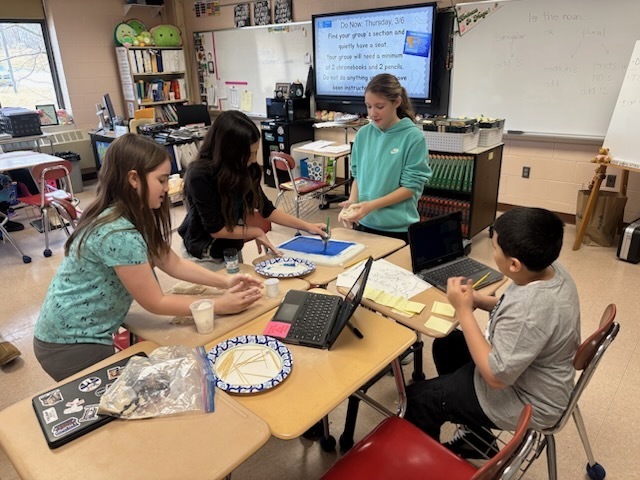






The Girls Lacrosse Program is off to a fabulous start!
Varsity Assistant Rory Boice reports that the Varsity and Junior Varsity teams’ recent games against Pine Bush ended with the Varsity team beating Pine Bush in a 17-10 final! The team created an offensive onslaught that Pine Bush had difficulty containing!
“The team left it all on the field,” Varsity Head Coach Jessica Gurrieri said. “It was a great day!”
Additionally, the Junior Varsity team ran away in their Pine Bush game, besting that Junior Varsity team which beat them the last two consecutive in a 20-2 final. Junior Varsity Coach Samantha Woodward’s squad was unselfish with the ball offensively and stingy on defense, as they displayed their skills.
To top things off, the Modified team beat Warwick in an 8-7 final!
“We demonstrated excellent ball movement, control, teamwork and communication,” added Modified Coach Rachael Moran.





Sixth-grade teachers Nicole Lee’s, Jaclyn Lockett’s and Andrea Ferguson’s recent science activities, labs and experiments have incorporated a lot of fun in the learning process!
Students interacted with a plasma ball, ate hydrogen marshmallows (for their nuclear fusion lab) and energy ice pops, used “Think Pair Share” cards and whiteboards to ask their own kinetic/potential examples, in addition to a group trivia challenge, a “We've Got Energy” posters, a “Twist-o-Matic Challenge” with a partner using a rubber band, scissors, and an index card to try and create kinetic energy.
Whew! That’s a lot of creative learning! But wait, there’s more! Activities also included a teacher swap with colleague Paul John DeStefano, who visited their classrooms to present a mini-lesson on electrostatic!
Mr. DeStefano loaned the teachers his electrostatic generators, where the students were actually shocked (safely, if they wanted to) and could see how energy passes!
Making science fun enhances the learning process by boosting engagement, fostering a love for learning, and promoting deeper understanding through hands-on experiences that encourage exploration and critical thinking.

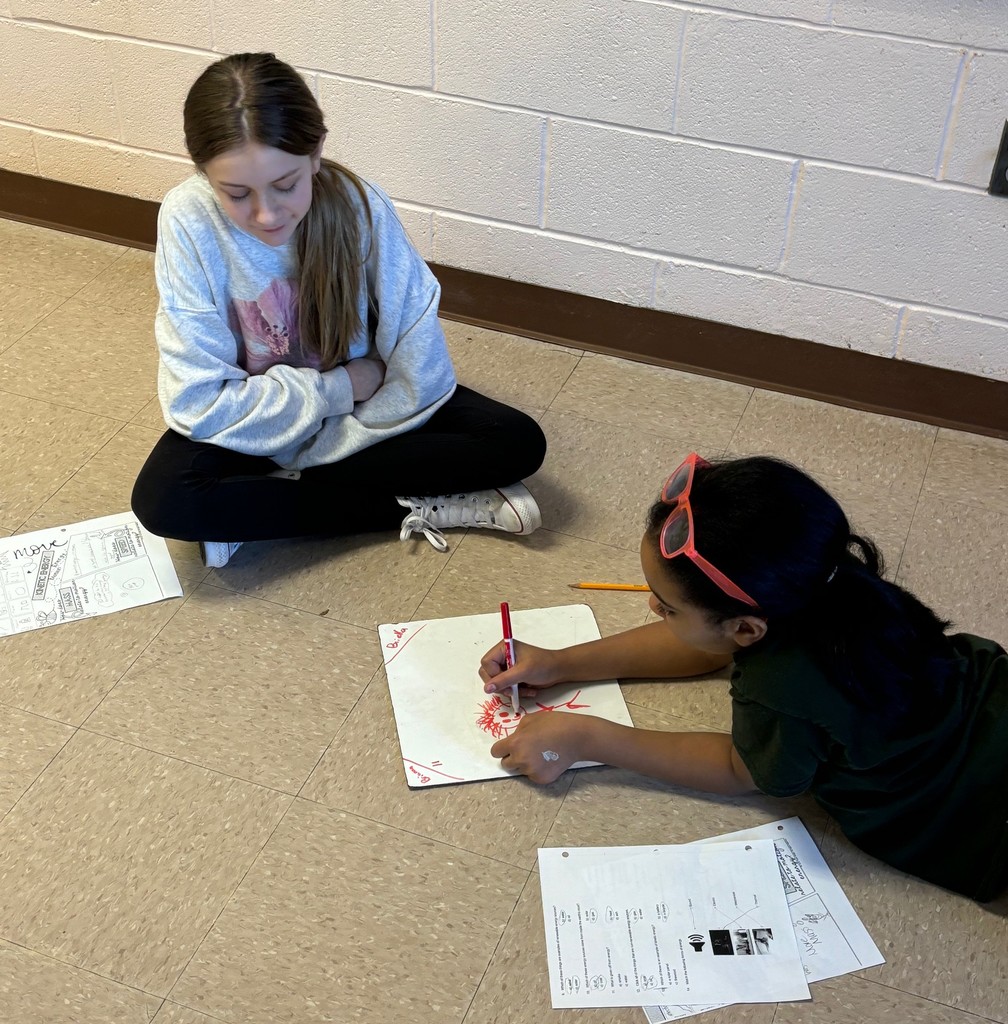


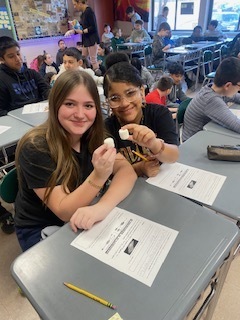



Karen Nicholson’s and Tara Guyette’s IS fifth-graders, like all district fifth-graders, have been reading "The Adventures of Don Quixote" in their ELA classes!
"The Adventures of Don Quixote" is often read in fifth-grade as part of a core knowledge curriculum to introduce students to a classic literary work, explore themes of fantasy and reality, and develop reading, writing, and critical thinking skills.
We’ve all probably read this book in our younger days! It’s the story about a man who loved to read about “the knighthood.” People actually thought he went crazy from reading so many books! He went on many crazy adventures with his friend, Sancho. At one point while they were approaching some windmills, Don Quixote actually thought they were giants and tried to fight them. All the while, Sancho was trying to tell him they were just windmills.
During their ELA unit work, Mrs. Nicholson and Mrs. Guyette set up a 'throne' in their classroom. A student who was 'knighted' was given the honor of sitting there with two members of their” court.”
Students also wrote an epitaph for Don Quixote at the end of the novel, written in the epitaph was written in a “Mad Lib” style. Mad Libs-style writing involves creating a story with blanks that are filled in with words of a specific part of speech (like nouns, verbs, adjectives) by someone else, which can also result in a humorous and unexpected narrative.
PLUS: Snack items always make learning fun! At the unit’s conclusion, the teachers gave their students “windmill” cookies and they decorated them as “giants!” (The cookies were happily devoured!)


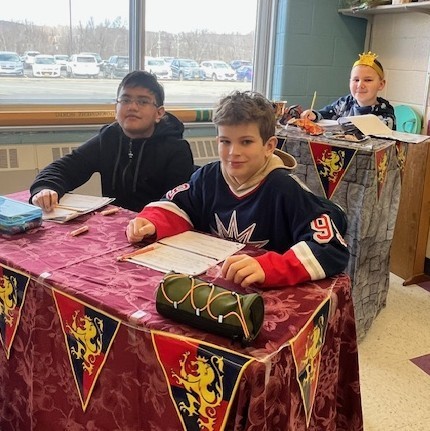


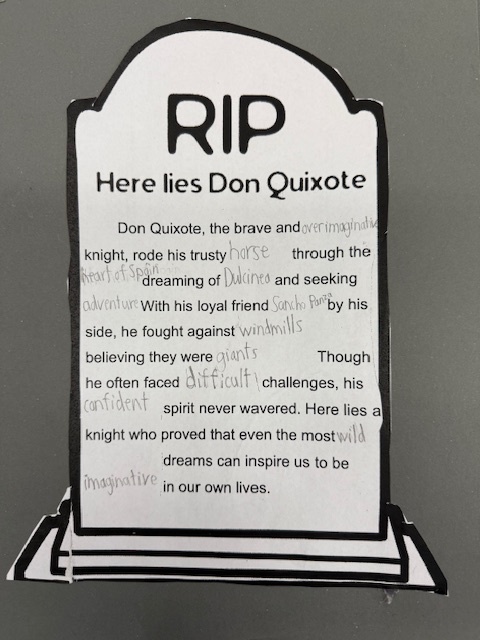
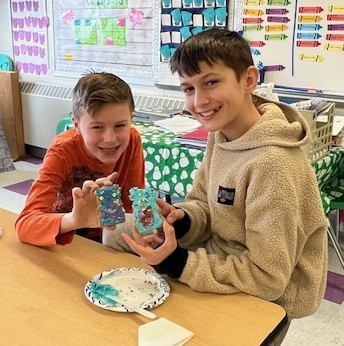


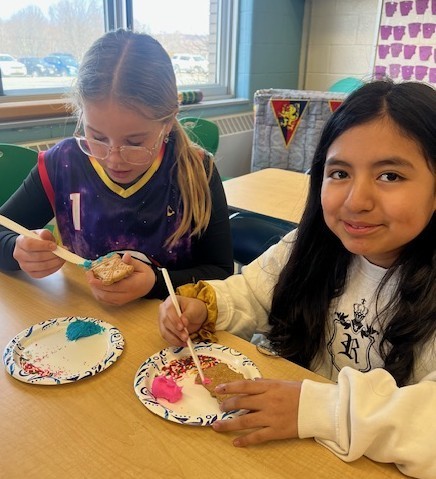
What a wonderful afternoon! Our annual Senior Citizen and Veteran dinner, prepared and served by members of the High School's National Honor Society, along with a preview performance of the Drama Club's production of "FOOTLOOSE the MUSICAL" took place yesterday afternoon!
It's always a proud moment for us to share the talents of our students with our senior and veteran communities. Thank you to everyone who contributed to this event and made it so spectacular! Take a peek!
AND --- The show was equally spectacular! Be sure you have tickets: https://www.onthestage.tickets/.../670941426964d10f6204819e

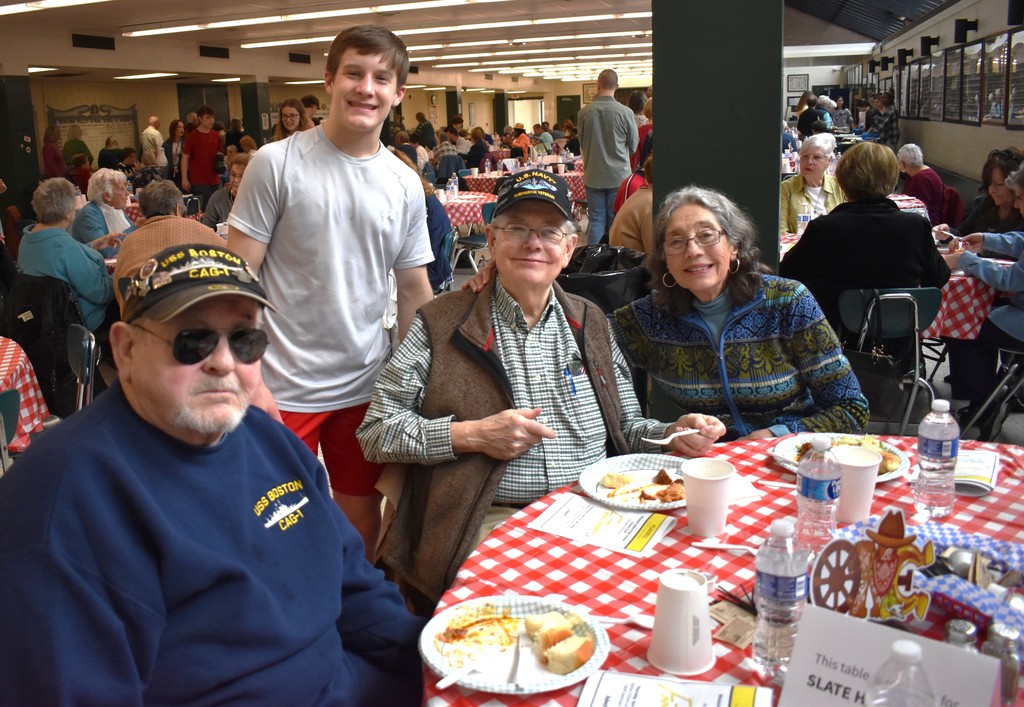






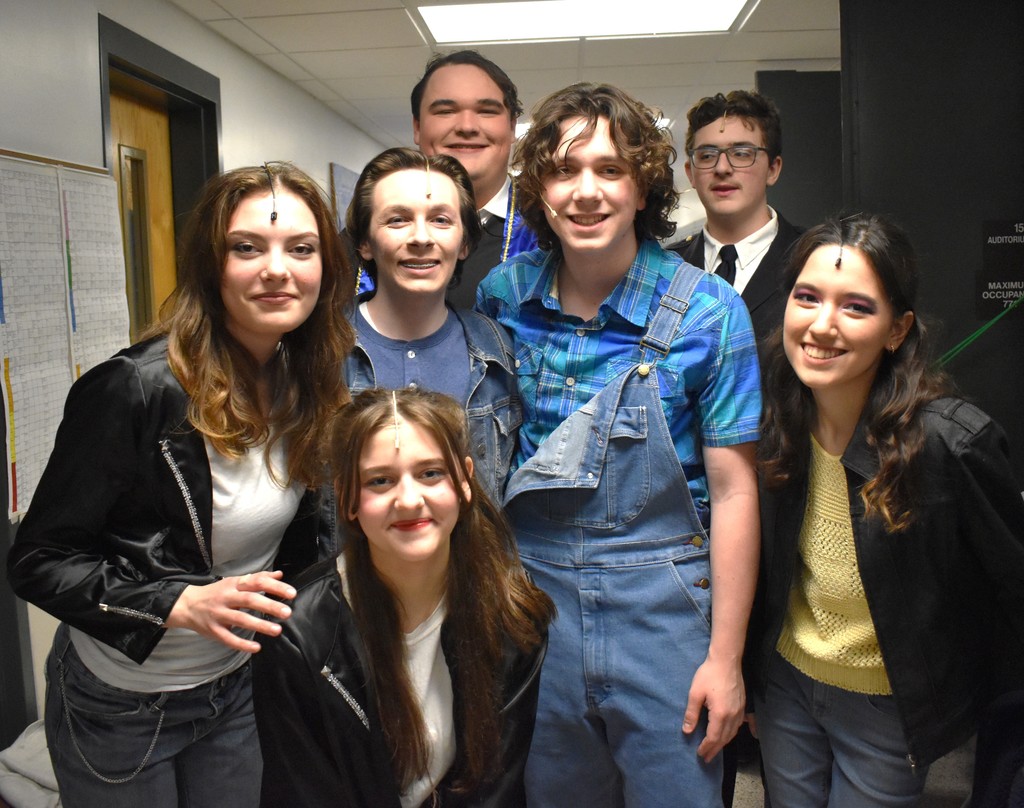

Meet the student scientists of Otisville Elementary! They wowed their peers, families and guests at last evening's SCIENCE FAIR! Take a peek at their displays and the evening's very cool science presentation! THANK YOU to everyone who played a role in this event's success; we appreciate you!
See more photos on the district's Facebook page: https://www.facebook.com/MinisinkValleyCSD









MARSHMALLOW FARMING?? Well…maybe…
Kimberly McDermott’s ES second-graders completed a fun and creative lesson about marshmallow farming this past Tuesday, April 1. Did you know that marshmallows grow only under the best conditions? Students learned about critical marshmallow climatology, including how long it takes for a marshmallow bush to grow and for marshmallows to blossom as well as all the important aspects of marshmallow harvesting.
A marshmallow farming video served as guidance for them to complete a marshmallow life cycle worksheet; and an art component was added to this science lesson when students were tasked with drawing a marshmallow bush and labeling its parts. The farm even sent Mrs. McDermott fresh marshmallows for students to sample as well!
What an innovative STEM lesson that combined art and food and….APRIL FOOLS FUN! (Did you spoof anyone on April Fool’s Day?)
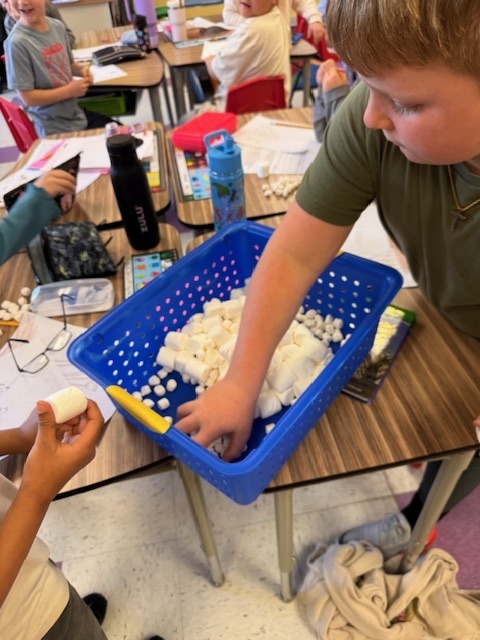



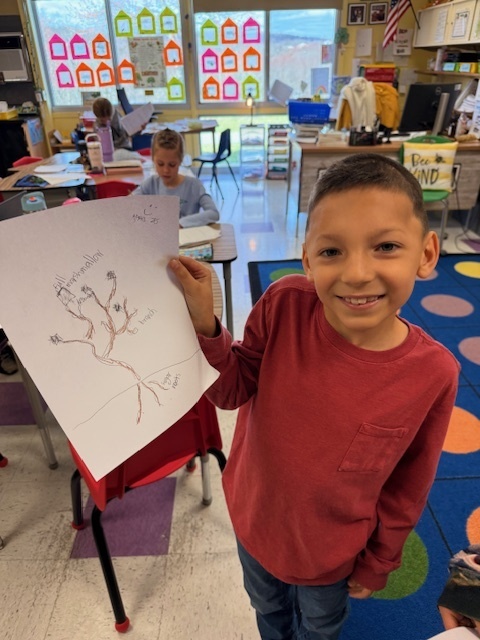




ADORABLE, EMPATHIC LEARNING
Sarah Casillo’s IS fifth-graders’ classroom has been home to nine honored guests, with the recent hatching of nine chicks! The initial 12 eggs were graciously donated to her class by Minisink Valley parent Erin Ferraro –thank you, Mrs. Ferraro!
Students watched a video about the egg incubation process and completed interactive quizzes so they understood what would be happening. For the prior three weeks, students were a variation of expectant relatives, happily looking forward to the chicks’ arrival! While some chicks hatched when school wasn’t in session, a few did while students were in class. Ms. Casillo said that was a magical experience for her students to observe!
“I've never seen the kids light up so much,” she said. “You can see on their faces how much love they have for these chicks. Based on this experience, I think all classrooms should have interactions with animals like this. It teaches social-emotional learning in a way the kids would never grasp without this experience. Having a living creature in your hand and knowing it's only a day old really touches the kids. They really stepped up and took such responsibility for making sure these chicks were healthy and happy.”
The chicks were named Midnight, Freckle, Kakalaka, Sunny, Oreo, Chirp, Mr. Clean, Mr. Sirico, and Chick “Chicksillo” Casillo.
Students, she added, had a first-hand experience in learning about empathy, how to care for someone else and even how to be gentle and stay calm.
“Some students were even afraid of them at first and by the end of the week, grew to adore them. It was a more emotional experience than academic,” said Ms. Castillo.
See more photos on the district's Facebook page: https://www.facebook.com/MinisinkValleyCSD










Earlier this week, Kayla Fischer's, Lindsay Kane's and Melissa Manganello's Otisville first-grade classes went on a fabulous field trip to the Hudson Highlands Nature Center in Cornwall-on-Hudson!
Students learned about and met about “local” animals including the black rat snake, a house mouse, a toad and a rare albino pigeon. They learned about distinguishing characteristics, life cycles, special adaptations and habitats!
As part of their great day of learning and fun and a day out of the classroom with their peers, students hiked through the local forest and spied woodpecker holes, tree rubs made from white tail deer, plants that appeared to be growing out of rocks and the path that the great glaciers made through the land thousands of years ago!





